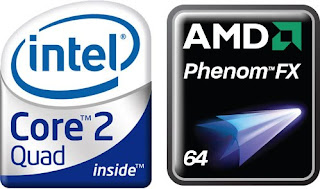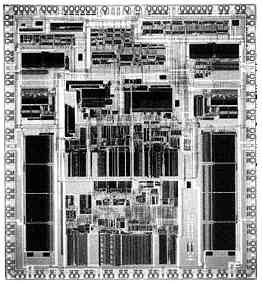 “Welcome to Toronto!” said the cheerful flight attendant. “Voice rate is $.79/min; data is $15.36/MB. Unlimited domestic plans do NOT apply,” said the happy text message from AT&T Wireless.
“Welcome to Toronto!” said the cheerful flight attendant. “Voice rate is $.79/min; data is $15.36/MB. Unlimited domestic plans do NOT apply,” said the happy text message from AT&T Wireless.
Not wanting to purchase a data plan for over a hundred dollars, and being unwilling to pay $15 per megabyte without a plan, I decided to try spending a week using my smartphone as a dumb phone. No e-mail. No live maps. No Facebook, no Twitter. No calendar sync, no streaming radio, no World Series scores, no restaurant locator—except when I could find a free WiFi hot spot.
That’s not to say that my iPhone 3GS became truly stupid when offline. It still could act as a phone (albeit at $.79 per minute), and I could text (cost unknown). Plus, of course, there was no limitation on running local-only applications, like listening to stored music or using the calendar app with pre-synced (and increasingly out-of-date) data.
There was a human toll to this experience. Withdrawal from the constant pinging (or buzzing) signaling the arrival of new mail was painful. So, too, was the inability to use Google Maps to find my location at any time. Looking for free WiFi hot spots became a real drag.
For many of us in the technology trade, it’s far, far too easy to believe that everyone is like us: always connected, always on, all the time. We read stories and tell anecdotes about the mobile Internet. A week without a smartphone taught me that it’s less ubiquitous than we think.
Many people, including employees of our company, our business partners and our customers, are not connected 24×7. Not everyone has a smartphone. Not everyone who has a smartphone has access to an “all-you-can-eat” broadband plan. Data transmission isn’t free, and it’s not everywhere.
What can you do?
First, if you’re an iPhone, BlackBerry, Android or Treo user, wipe that smug look off your face. Sure, you’re in broadband heaven today, but wait until you’re someplace without a clear signal, or someplace that’s not covered by your standard data plan.
Second, when you build applications or set up mobile application access to your data, don’t waste bits. Provide options for low-bandwidth connections and for expensive bandwidth. When you’re paying $15 per megabyte, every bit counts.
Z Trek Copyright (c) Alan Zeichick
 I received this verbatim identical message about 15 times from a variety of recipients over the past few days. Gosh, this makes me really want to shop there. Not!
I received this verbatim identical message about 15 times from a variety of recipients over the past few days. Gosh, this makes me really want to shop there. Not!











